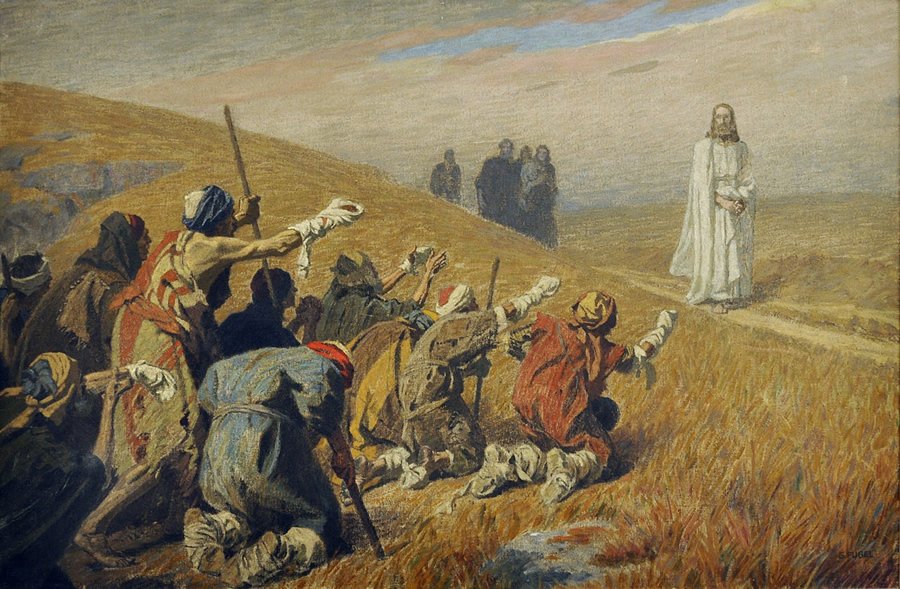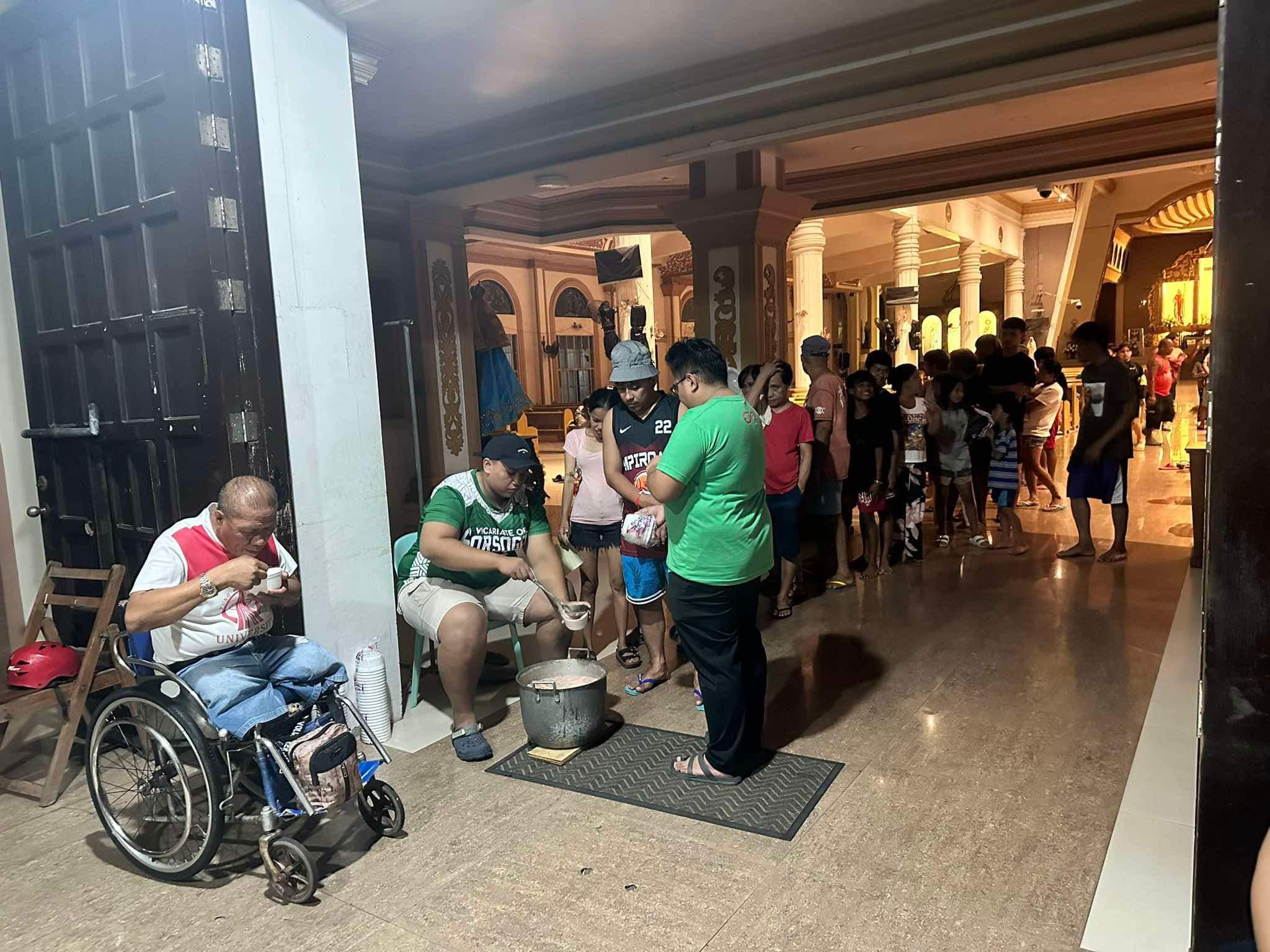Jijo Kandamkulathy, CMF
Claretian Publications, Macau
Lk 17:11-19
The Gospel of Luke narrates the healing of ten persons with leprosy. The significant part of it is that one Samaritan among the ten returns to meet Jesus. We can run the risk of reducing the message of today’s Gospel to a lesson of good manners, to remember to say thank you to those who help us.
The invisible code running through this narrative is stunning. Think of the Jews and Samaritans, who have traditional enmity, now living together once they contracted leprosy! Sometimes, it needs an adversity for us to forgo our egos, false securities and identities that we have built around us.
An Indian village where people practiced the caste system suddenly began to submerge in a flood in 2018. Some low caste men reached out to a high caste lady to move her to safety. This lady, who in other circumstances would not have allowed any low caste people to touch her, now had to literally sit on their shoulders to move to safety. Adversities make people forget the pointless marginalization of people to feel proud about themselves.
The story extends to our own faith lives as well. All of us, one or the other way, are scarred by the leprosy of sin. Whoever is not aware of one’s own condition of being a sinner, ends up considering oneself righteous and with the duty to condemn others to the margins. God has not created two worlds: one for the good ones and the other for the wicked ones, but — be it in the present or in the future — a unique world, wherein he calls all his children to live together, all sinners saved by his love.
The numbers referred to in the Gospel passage are not casual but astoundingly meaningful. There were nine Jews among the lepers and one Samaritan! How did the Jews who practiced such ritual purity and cleanliness end up having more lepers among them? The story is not just about leprosy, but about sin and marginalization. It says that there are more people marginalized from the Jewish religion than from the Samaritans. It also talks about the inability of the nine to identify God’s presence even when they were healed. Jesus is challenging the religion that marginalizes and ostracizes people.
In the Gospel of Mark we read, after stretching his hand and curing them, Jesus could no longer enter publicly in a city but stayed outside in deserted places (cf. Mk 1:45). Jesus knew that by touching the leper, he had committed an act that would make him unclean, and for that, he had to distance himself from the society of the “pure.” He touched him all the same because he chose to share the condition of the marginalized, excluded and outcast.
In the end, Jesus remains surprised: a Samaritan — a heretic, a non-believer — had insight, which the nine Jews, sons of his people, educated in the faith and knowledgeable about the Scriptures, did not have. Along the way, all ten were aware that Jesus was a healer. The great news was immediately announced to the spiritual guides of Israel. God has visited his people. He has sent a prophet on par with Elisha. Until here, all the ten arrived.
A new light brightened only in the mind and heart of the Samaritan; he understood that Jesus was more than a healer. In Jesus’ act of salvation, the leper captured the message of God. He, a heretic who did not believe in the prophets, had surprisingly intuited that God had sent Jesus, whom the prophets had announced: He opens the eyes of the blind, the deaf hear, the lame walk, the dead are raised to life and the lepers are made clean (cf. Lk 7:22).
He is the first to truly grasp that God is not far from the lepers. God does not elude nor reject them. Jesus knew what to say to those who institutionalized in the name of God the marginalization of lepers: a religion that excludes, judges, and condemns the impure persons! In Jesus, the Lord appeared in their midst; he touched and healed them. The message of joy is this – the impure, the heretics, and the marginalized are not only closer to God, but they get to him and to Christ first and in a more authentic way than the others.
Not everyone who was healed was saved. One was saved, the one Samaritan who recognized Jesus as the savior. The others were only healed physically. Being healed and working miracles are not a guarantee to becoming part of God’s Kingdom, but, faith is, the faith that Jesus is the savior and is closer to the poor and marginalized, and that he would touch them personally and intervene in their lives.
(Indebted to Fr. Fernando Armellini for some textual analysis)
(Image source: www.johnpaulgreatparish.com)


 Follow
Follow


